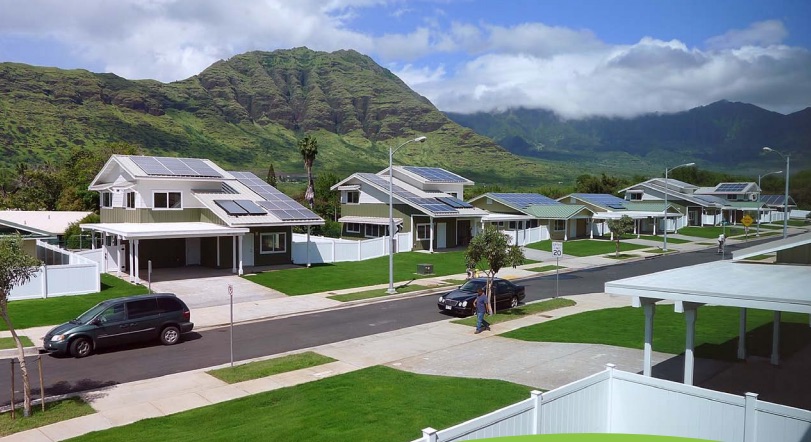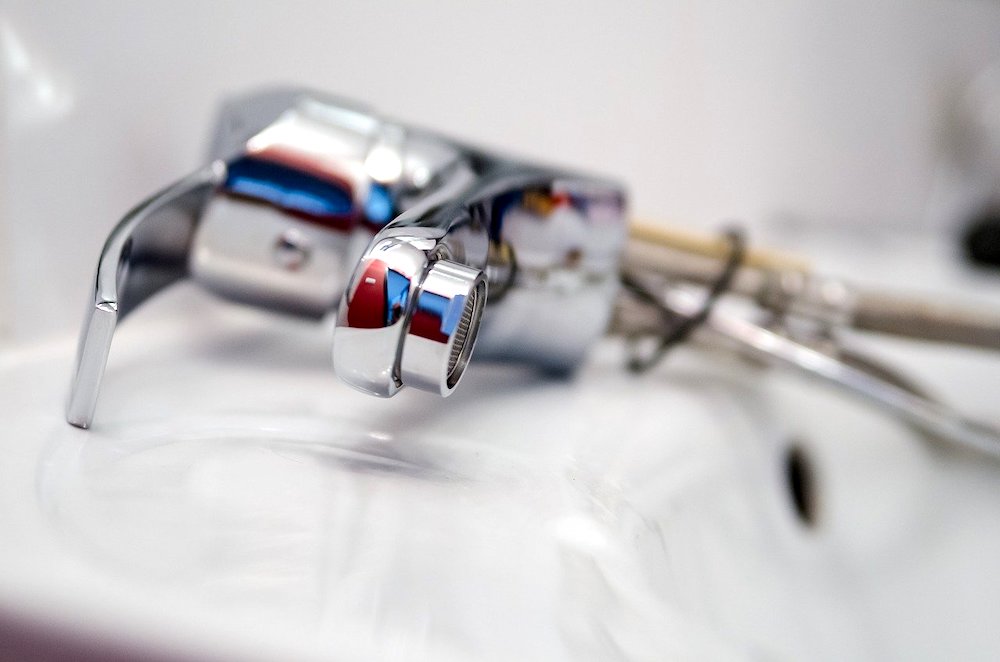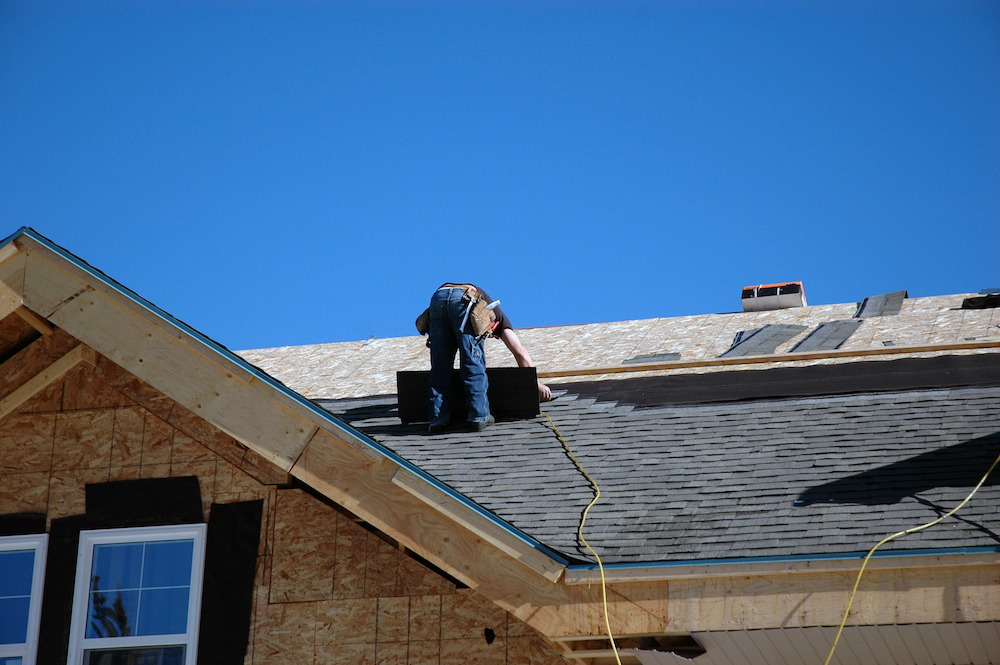
Homes in Kaupuni Village in Oahu, Hawaii, produce as much energy as they consume, due to the efficiencies built into each one. Credit: Kenneth Kelly, NREL.
Energy efficiency starts with energy conservation — using less electricity to get the job done. With today’s technologies and building materials, you can build energy efficiency right into your home. Whether you’re changing the type of light bulb you use in a standing home or looking to build a more energy-efficient home from the ground up, these tips will help get you started thinking conservation.
1. Integrate energy efficiency into your mindset
Think of your home as a complete system instead of many different parts. Instead of looking at a home room by room, think of its overall systems from lighting to heating and cooling to insulation.
2. Think energy efficiency from the ground up
Before giving the blueprints of a new home the final OK, make sure your homebuilder and architect have included energy-efficient building practices and systems. Always ask to double check and then discuss ways to see how they can further enhance energy efficiency.
3. It’s in the windows, baby
You can go a long ways toward energy efficiency by putting in high-quality windows. If you get the right windows installed from the start, you can save money and electricity down the road. Replacing the windows in a home already built will show immediate savings and comfort as well.
4. Appliances make a difference, too
All the forethought and planning for energy efficiency don’t mean a thing if you stack the house with energy-draining appliances. Modern appliances are among the most energy-efficient ones in history, and you can even do better by buying appliances with an Energy Star rating.
5. Get passive
If you’re looking for a way to use nature’s own energy to help heat and cool your home, consider a passive solar design. This type of design uses both the local climate and the home site to provide heat in the winter and cooling in the summer.
6. Up on the rooftop
In Texas, the summer sun really beats down on our roofs, heating up the attic space to unbearable temperatures. That heat transfers to the living space as well without the proper insulation. Using more reflective roofing materials instead of traditional black shingles cuts down on the amount of heat absorbed, keeping the attic and your home a bit cooler.




